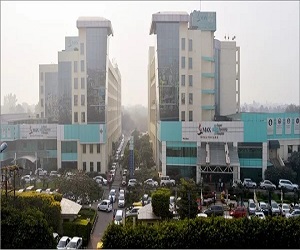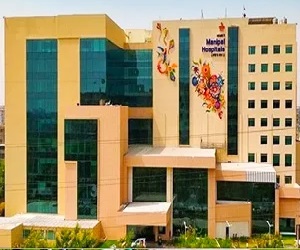Injuries to the spinal cord or the cauda equina nerves in the human body are collectively referred to as spinal injuries. These injuries can vary in severity and can significantly impact the body’s functioning and mobility. Spinal injuries pose a considerable risk to overall health as they may result in permanent impairment of strength, sensation, or bodily function below the affected area. However, there is optimism within the scientific community regarding advancements in technology and research, raising hopes for the development of effective treatments or recovery methods for spinal injuries.
The symptoms of a spinal cord injury can vary depending on two primary factors: the location of the damage and the severity of the injury.
Following a spinal cord injury, the undamaged portion of the spinal cord at the lowest point is termed the neurological level of injury. When assessing severity, the concept of “completeness” is utilized, which falls into two categories:
- Complete: When all sensory and motor functions are lost below the injury.
- Incomplete: When some sensory and motor functions are affected below the injury.
Benefits of spine surgery
Spinal cord injuries are critical and should not be overlooked. In cases where necessary, opting for spine surgery can offer numerous benefits to patients. These include alleviating associated pain and numbness in the legs or arms. Moreover, surgery helps prevent extensive muscle damage and significantly enhances recovery prospects.
Who needs spine surgery?
While many spinal cord injuries respond well to conventional treatments, there are instances where these methods prove ineffective, leaving individuals with disabling pain. In such cases, spine surgery becomes a necessary consideration for addressing the condition effectively.
How is Spine Surgery done?
In conventional spine surgery, the surgeon typically begins by making an incision at the affected area of the spine, reaching down to the lamina to access the compressed nerve. The surgeon carefully repositions the nerve, pulling it away from the central part of the spinal column to relieve pressure caused by surrounding ligaments. Once the procedure is complete, the incision is closed using either stitches or surgical staples.
What are recovery and post-op care after Spine surgery?
After spine surgery, it’s essential to take meticulous care of your body. For a healthy recovery, you should follow specific post-operative guidelines. Avoid sitting for more than 45 to 60 minutes at a time. Instead, take a 10-minute break to walk around your garden or terrace and perform some light exercises. Additionally, ensure the incision site remains uncovered. If you notice any redness or swelling around the incision, contact your doctor immediately.
What are the risks and complications of Spine Surgery?
While spine surgery offers numerous benefits and can be highly effective, it also carries certain risks and potential complications. Common risks include adverse reactions to anesthesia, blood clots in the legs, infections, and pneumonia. More specific risks involve nerve or spinal injuries that could result in paralysis, spinal fluid leaks, and damage to surrounding tissues, among others.
Spine injury treatment cost in India
India is recognized as one of the top countries for healthcare solutions, including spine surgery. With state-of-the-art technology, healthcare institutions in India are equipped with advanced medical facilities, ensuring high-quality treatment and care.
Spine Surgery Treatment cost in India are as follow
| Treatment | Cost in USD | Stay in Hospital |
| Spine Surgery | 3500-4500 | 2-3 Days |
| Facet Joint Spine Surgery | 3000-3500 | 2-4 Days |
| Multiple Scoliosis Surgery | 7500-9000 | 5-7 Days |
| Spinal Fusion Surgery | 11500-13500 | 2-4 Days |
| Spinal Decompression Surgery | 11500-13500 | 4-5 Days |















